Volunteer (amateur) Naturalists from near the White River's End
The Salamander Team
This is now our 5th year as a Salamander Team, and we’re now wrapping up our 1st year of doing in-person events (something we’ve wanted to do ever since first hearing from community members interested in getting more involved in this sort of nature volunteerfun).
The Salamander Team is good at community outreach and spreading the word (sort of.. still doesn’t seem like many people know about the project in Hartford or further out), but we’re so far not so good at connecting the volunteers on the ground at amphibian road crossings. Building ‘teams’ within the Salamander Team to address the different critical crossings around the Upper Valley is a next goal, and two steps we’ve taken in this direction are:
1.) we have a GroupMe group-chat now that has sprung from the growing monthly meetup community,
2.) we meet in person outdoors each month, at a different public nature spot.
3.) We’re supporting a nature journaling meetup group locally
4.) We’re trying to help start a tracking club in the Upper Valley
5.) There’s a public group that watches documentaries together (and talks about how they’re relevant to the neighborhood) we’re helping build
See the info on “Join our Events” for more on that, but we try to make them reliably on the Last-Sunday-of-the-Month (from 10am-noon).
Some notes on the “Why” behind the HST
Frogs/Sals need to migrate, so the HST Exists
The Hartford Salamander Team is run by volunteers – meaning none of us get paid, and we’re all just amateurs having a good time going out into the dark rainy nights to help our frog and salamander neighbors migrate in peace.
Our efforts are supported (and made more professional) by the Hartford Conservation Commission, White River Junction’s own Vermont Center for Ecostudies, and the North Branch Nature Center’s Amphibian Road Crossing Program.
To save frogs and salamanders from
car tires, we have to figure out where roadkill happens .
This is what we've
got so far -

Its honestly hard to tell how many frogs and salamanders we’ve worked with at this point. In our first migration season (April-May 2020) we identified three critical Amphibian Road Crossings, at which we were able to find and ferry 135 amphibians. In 2021, we had volunteers working independently at a more than a dozen spots, and not everyone focused on counting the frogs and salamanders they helped cross the road. Those numbers can now be accessed on the live-updated Amphibian Road Crossing Data Map!
Summing what we’ve actually counted so far, we’re at 696 frogs and salamanders across the two years. Nice! The number is actually way higher than that now (over 800 with all those unreported and informal reports), but since our goal is to get everyone to submit their counts to the ARC Data Map, those are the ones we include in the official tally!
